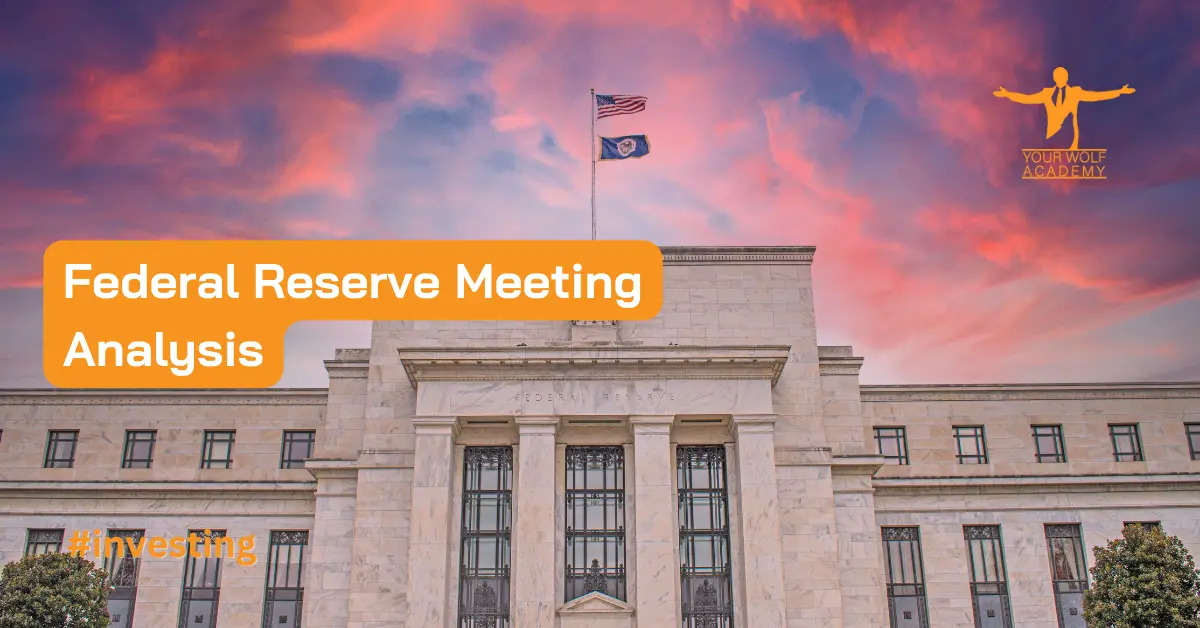The velocity of money is a fundamental concept in economics that sheds light on the dynamics of economic growth. It represents the rate at which money circulates within an economy, measuring the frequency with which a unit of currency is used to purchase goods and services.
This article delves into the significance of the velocity of money, its determinants, and its impact on economic prosperity.
Defining the Velocity of Money
A. Conceptual Framework: The velocity of money is best understood as the average frequency of transactions in a given period, which indicates the speed at which money flows through the economy. It is calculated by dividing the nominal gross domestic product (GDP) by the money supply within the same period.
B. Measuring Monetary Transactions: Understanding the velocity of money requires an examination of various monetary aggregates, such as M0, M1, M2, and M3. These classifications encompass different forms of money, including physical currency, demand deposits, and time deposits, each contributing to the overall money supply.
Determinants of the Velocity of Money
A. Confidence and Trust: The velocity of money is heavily influenced by the level of confidence and trust within an economy. When individuals and businesses have faith in the stability of the currency and the overall economic environment, transactions occur more frequently, leading to a higher velocity of money.
B. Interest Rates: Interest rates play a pivotal role in determining the velocity of money. Lower interest rates incentivize borrowing, increasing spending and stimulating economic activity. Consequently, the velocity of money tends to rise when interest rates are low.
C. Financial Innovation: Technological advancements and financial innovation can impact the velocity of money. The proliferation of digital payment systems and fintech solutions can facilitate faster and more efficient transactions, potentially increasing the velocity of money.
The Impact of the Velocity of Money
A. Economic Growth: The velocity of money has a profound impact on economic growth. A higher velocity of money implies increased economic activity and a more efficient allocation of resources, which can drive GDP growth and create a multiplier effect within the economy.
B. Inflation and Price Stability: The velocity of money also affects inflationary pressures. When the velocity of money rises faster than the growth in output, it can lead to an increase in aggregate demand, potentially resulting in inflation. Conversely, a declining velocity of money may indicate economic stagnation or deflationary pressures.
C. Monetary Policy Implications: Central banks closely monitor the velocity of money to inform their monetary policy decisions. By analyzing the velocity of money, policymakers can assess the effectiveness of their measures and adjust interest rates and money supply accordingly to maintain price stability and stimulate economic growth.
Historical Perspectives and Case Studies
A. Historical Trends: Examining historical trends of the velocity of money can provide valuable insights into economic performance. Analyzing periods of high and low velocity can help identify factors that drive economic growth or hinder prosperity.
B. International Comparisons: Comparing the velocity of money across different countries can offer valuable perspectives on economic systems and policies. Understanding the variations in velocity can shed light on the factors contributing to disparities in economic growth and prosperity.
Conclusion
The velocity of money is a critical measure that encapsulates the vibrancy and dynamism of an economy. By understanding the determinants and implications of the velocity of money, policymakers and economists can make informed decisions to promote sustainable economic growth and stability.
Recognizing its impact allows for a deeper comprehension of the complex interplay between money, economic activity, and prosperity.


